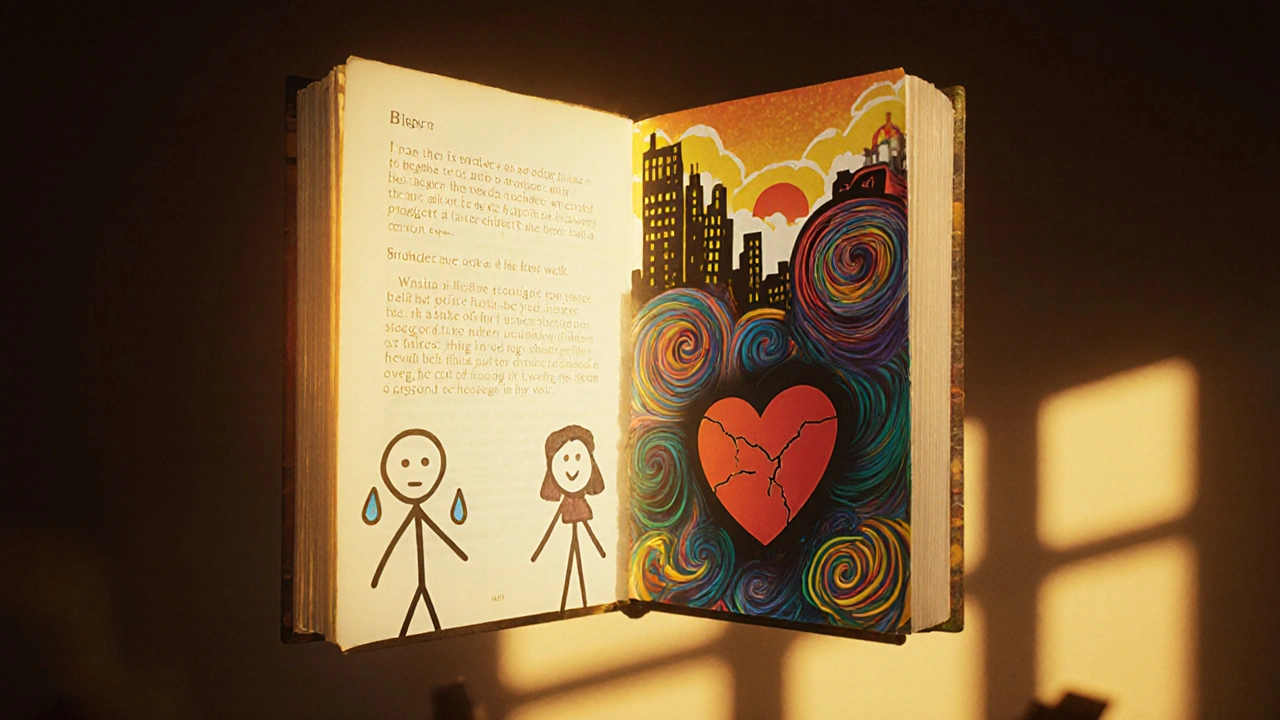Literary Analysis in Film: How Stories Are Decoded on Screen
When you watch a movie and feel something click—like the main character’s journey mirrors a classic novel—you’re experiencing literary analysis, the practice of interpreting narrative elements in films using the same tools applied to novels and poetry. Also known as cinematic textual analysis, it’s not about finding hidden codes—it’s about seeing how filmmakers use story structures, metaphors, and character arcs to say more than what’s on the surface.
Good films don’t just entertain; they build worlds with the same care as a poet builds a stanza. Take symbolism in cinema, the use of visual and auditory elements to represent deeper ideas. In Barbie, the pink plastic world isn’t just a set—it’s a metaphor for societal expectations, just like the red coat in Schindler’s List isn’t just a color choice. Then there’s narrative structure, how a story is organized to guide emotion and meaning. Many indie films skip the three-act format and instead use fragmented timelines or circular endings, much like Virginia Woolf’s stream-of-consciousness writing. These aren’t gimmicks—they’re deliberate choices that ask you to think, not just watch.
Character development in film works the same way it does in literature: growth happens through conflict, silence, and small details. Look at Agnès Varda’s documentaries—she doesn’t tell you who her subjects are; she lets you piece it together through their hands, their homes, their pauses. That’s literary analysis in action. Even sound design, like the muffled voices in The Killer, becomes a narrative device—silence as a character, isolation as a theme. You don’t need a degree to do this. You just need to ask: Why this shot? Why now? What’s left unsaid?
What you’ll find below isn’t a list of academic papers. It’s a collection of real, grounded pieces that show how indie filmmakers use literary tools to make you feel something deeper. From how Princess Mononoke uses myth like ancient folklore, to how Pretty Woman flips the damsel trope with quiet rebellion—each post breaks down the story beneath the screen. No jargon. No fluff. Just clear, sharp insights into how movies mean more than they show.
Learn how to balance plot summary and analysis in book reviews and literary writing. Discover the right proportions, proven techniques, and why most reviews fail to connect.
View More

